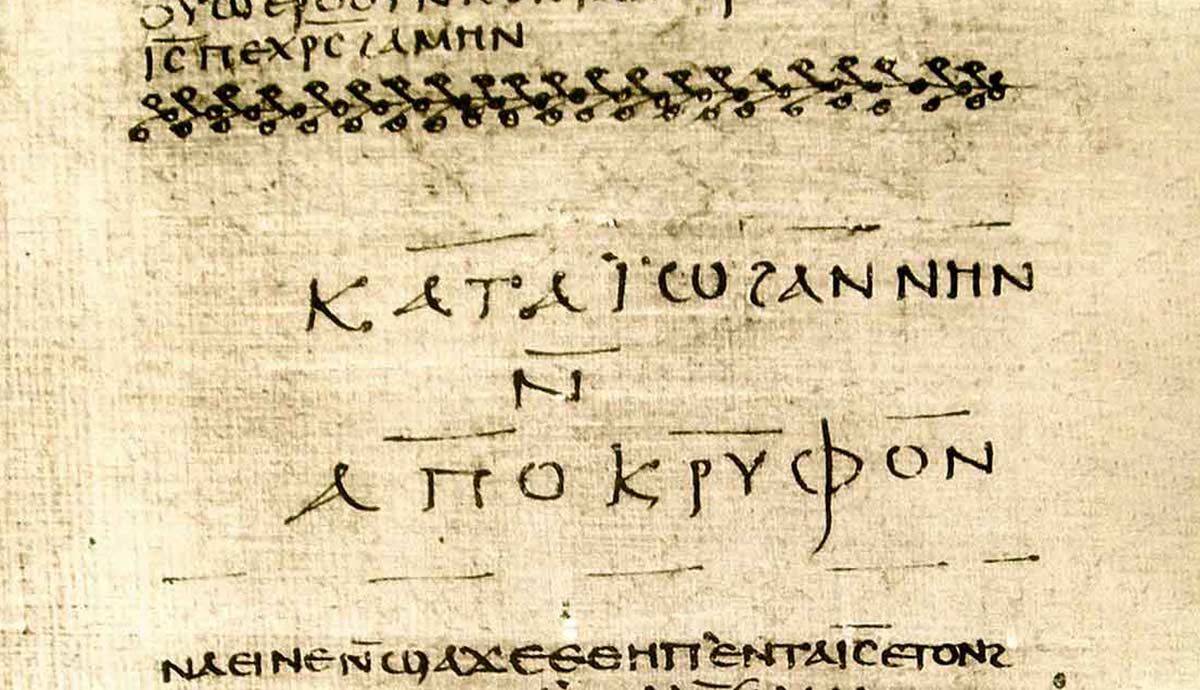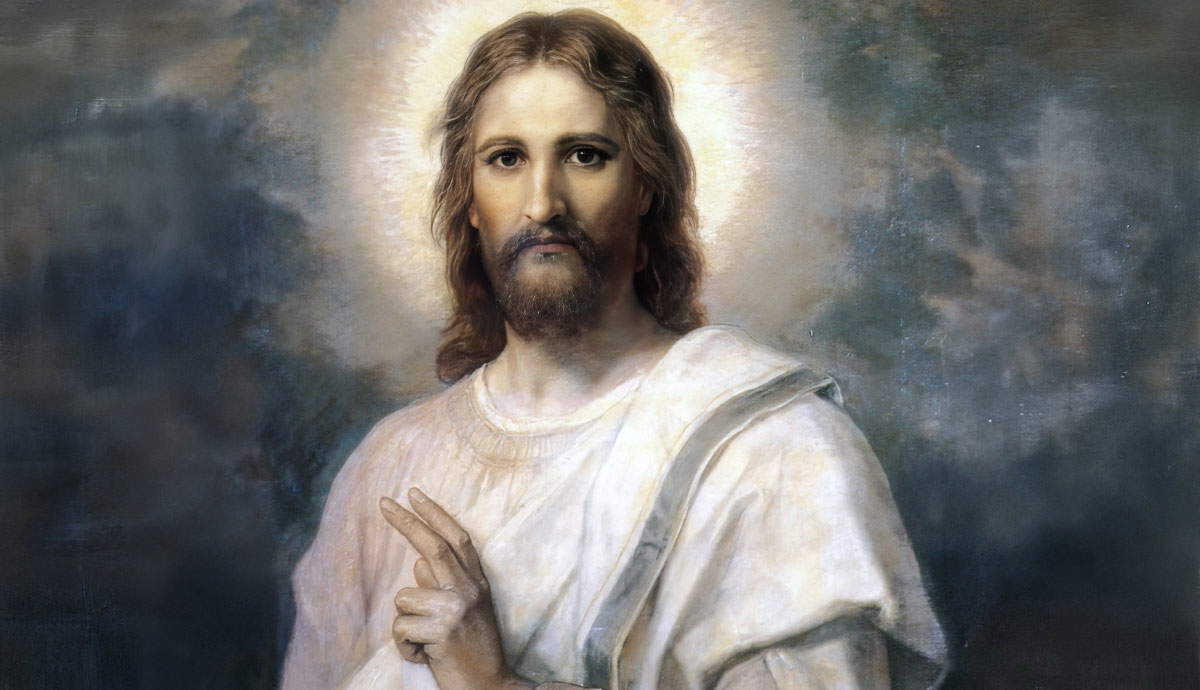
For more than a millennium, Constantinople was the capital of the Eastern Roman Empire, better known as the Byzantine Empire. Founded by Emperor Constantine the Great in the 4th century CE, Constantinople soon became a thriving metropolis and one of the largest cities in the world, reaching over half a million inhabitants by the 6th century. Although the deadly plague decimated its population, medieval Constantinople remained a city of immense wealth and magnificent architecture.
Thanks to its prime strategic position, and its formidable Theodosian walls, Constantinople was also an impregnable bastion. Throughout its long history, the city endured great fortune and terrible sieges until it finally fell to the Ottoman Turks in 1453. However, even under its new masters, Constantinople remained the imperial capital and retained its importance. Nowadays, the ancient city is known as Istanbul.
Constantinople was Founded as the New Capital of the Roman Empire

After becoming the sole ruler of the Roman Empire, Constantine the Great decided to establish a new capital, which he called Constantinople. The site chosen for the Roman emperor Constantine’s “New Rome” was already occupied by the small town of Byzantium. Constantine greatly expanded the ancient site, dividing it into 14 sections and constructing a new land wall. To populate his city, the emperor offered new residents free food rations. Someone had to govern Constantinople’s rapidly growing populace, so the emperor Constantine lured wealthy aristocrats, offering lucrative positions at his court and in the newly established Senate.
To embellish his new capital, the emperor transferred monuments and statues from all corners of the Empire and commissioned many new ones. Finally, in 330 CE, Constantinople became the imperial capital of the rich Eastern Roman Empire, also known as the Byzantine Empire, while Rome was left as the capital of the Western Roman Empire, which officially fell due to German invasions in 476 CE.
Constantinople Became the Center of the Eastern Roman Empire

At the moment of its dedication, the Byzantine capital was a huge construction site. The center of the old Byzantion became the city’s main square – Augustaeum. Next to it was the Great Palace, the sprawling palatial complex and the seat of Roman (or Byzantine) emperors. Another important structure was the Hippodrome, a giant arena for chariot races, the Roman favorite pastime. The grand avenue, lined with the colonnades – the Mese – intersected the city, leading to the Forum of Constantine and several more fora, until reaching the city’s boundary, the Constantinian wall.
Later, after the construction of the massive Theodosian walls in the 5th century, the Mese was extended to the new Golden Gate, the majestic entrance to Constantinople.
Constantinople Was the Center of Christianity

Constantine was not a Christian emperor, but he was the first Roman ruler who promoted this burgeoning religion. A few decades after his death, under Emperor Theodosius the Great, the Roman Empire became the Christian Empire. Unsurprisingly, Constantinople became the Christian capital, a city filled with domes of Orthodox churches. The great cathedral of Hagia Sophia was rebuilt by Emperor Justinian I in the mid-5th century following the Nika riots and the great fire that devastated most of the city. Lavishly decorated with golden mosaics, marble floors, and porphyry columns, Justinian’s new cathedral remained the largest domed structure until the Renaissance.
The building was so magnificent that when the emperor entered it for the first time, he exclaimed: “Solomon, I have surpassed thee!” Justinian also oversaw the construction of the Hagia Irene and the Holy Apostles, the imperial mausoleum. In the following centuries, pious Byzantine emperors continued filling the cityscape with domed churches and monasteries brimming with relics, thus justifying their title of “God’s vicegerents on earth.”
The City Had Impregnable Defenses

Located at the crossroads of East and West, it did not take long for Constantinople to become one of the most important places in the ancient and medieval world. Thanks to its natural harbor – the Golden Horn – Constantinople was a commercial hub, controlling the vital shipping routes and the overland trade as a terminus of the Silk Roads. No wonder many tried (and failed) to conquer the “Queen of the Cities.” Built in the 5th century, under the reign of emperor Theodosius II (thus the name), the mighty Theodosian walls defended the approaches to the city by land.
The unique triple defensive system, composed of open and enclosed spaces, a moat, and outer and inner walls, punctured by a series of well-positioned towers, endured several sieges, keeping the city and the Empire alive. In addition, Constantinople was protected by the Sea Walls, the “wooden wall” – the imperial navy, and by the massive chain that prevented hostile fleet’s entry to the Golden Horn.
The Fall of Constantinople

Only twice in its thousand-year-long history did invaders manage to take Constantinople. However, the armies of the Fourth Crusade of 1204 entered the city by exploiting the chaos among the defenders, taking the Sea Walls. The famed land ramparts – the Theodosian Walls – were breached only once in its entire history, over a century after their construction – by a new invention on the battlefield – the cannon. After Mehmed II surprised the defenders by transferring the Ottoman fleet by land, bypassing the chain barrier, the sultan ordered the assault on the weakest segment of the Theodosian Walls.
After 52 days of siege, the overwhelming size of the Ottoman forces and their mighty cannons breached the walls and crushed the remaining resistance. Finally, on May 29th, 1453, Constantinople fell to the Ottomans. The fall of Constantinople signaled the end of the Roman Empire, while the death of Emperor Constantine XI marked the end of the long line of Roman emperors. However, Constantinople remained the capital of the new Ottoman Empire.
Constantinople Under the Ottoman Empire

As was traditional, Mehmed II allowed his troops to pillage the captured Constantinople for three days, but when he entered the city, he demanded that they stop, as it would be the new capital of the Ottoman Empire. One of his first acts was to transform the Hagia Sophia, a symbol of Orthodox Christianity, into a mosque. He rebuilt the city’s defenses and repopulated it with people from across the Ottoman Empire. Despite officially becoming an Islamic capital, Christian and Jewish residents were allowed a considerable amount of religious freedom under Ottoman rule, and Constantinople became a blended city.
This strong new capital allowed the Ottomans to push east and take control of territory in Western Europe, such as Greece, Macedonia, and Hungary, pushing almost as far as Vienna. The Ottomans also pushed across North Africa, taking Egypt and most of the Mediterranean coast. Rather than being conquered, the Ottoman Empire crumbled as the central administration could not control its vast and diverse territory. Nationalist movements took a bite out of the Empire. Following its defeat in World War I, the Empire was officially disintegrated and partitioned.
Constantinople was now part of Turkey. The capital was transferred to Ankara, and in 1930, Constantinople was renamed Istanbul.
Historic Sites in Modern Istanbul

Modern travelers to Istanbul have a rich history to discover with Greek and Roman art, early Christian constructions, and stunning imperial palaces. If you are visiting Istanbul today, these are five must-see historic sites.
- Hagia Sofia – the ancient church turned mosque turned museum
- Galata Tower – part of the Byzantine fortifications built in the 14th century
- Topkapi Palace – an imperial palace built under Mehmed II for the new sultans
- Suleymaniye Mosque – an imperial Ottoman mosque built under Suleiman the Magnificent
- Blue Mosque – built in the 17th century at the height of the Ottoman Empire










